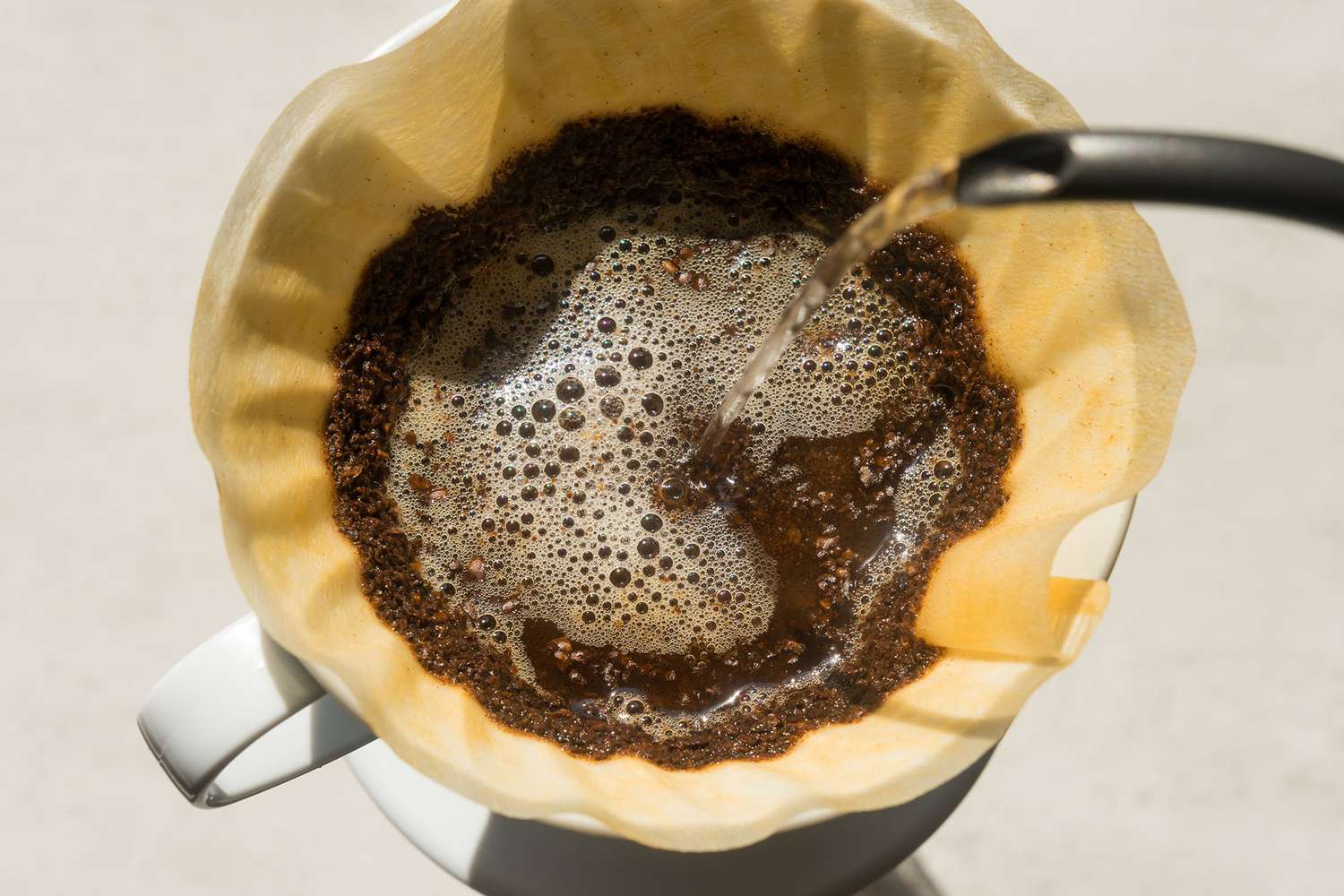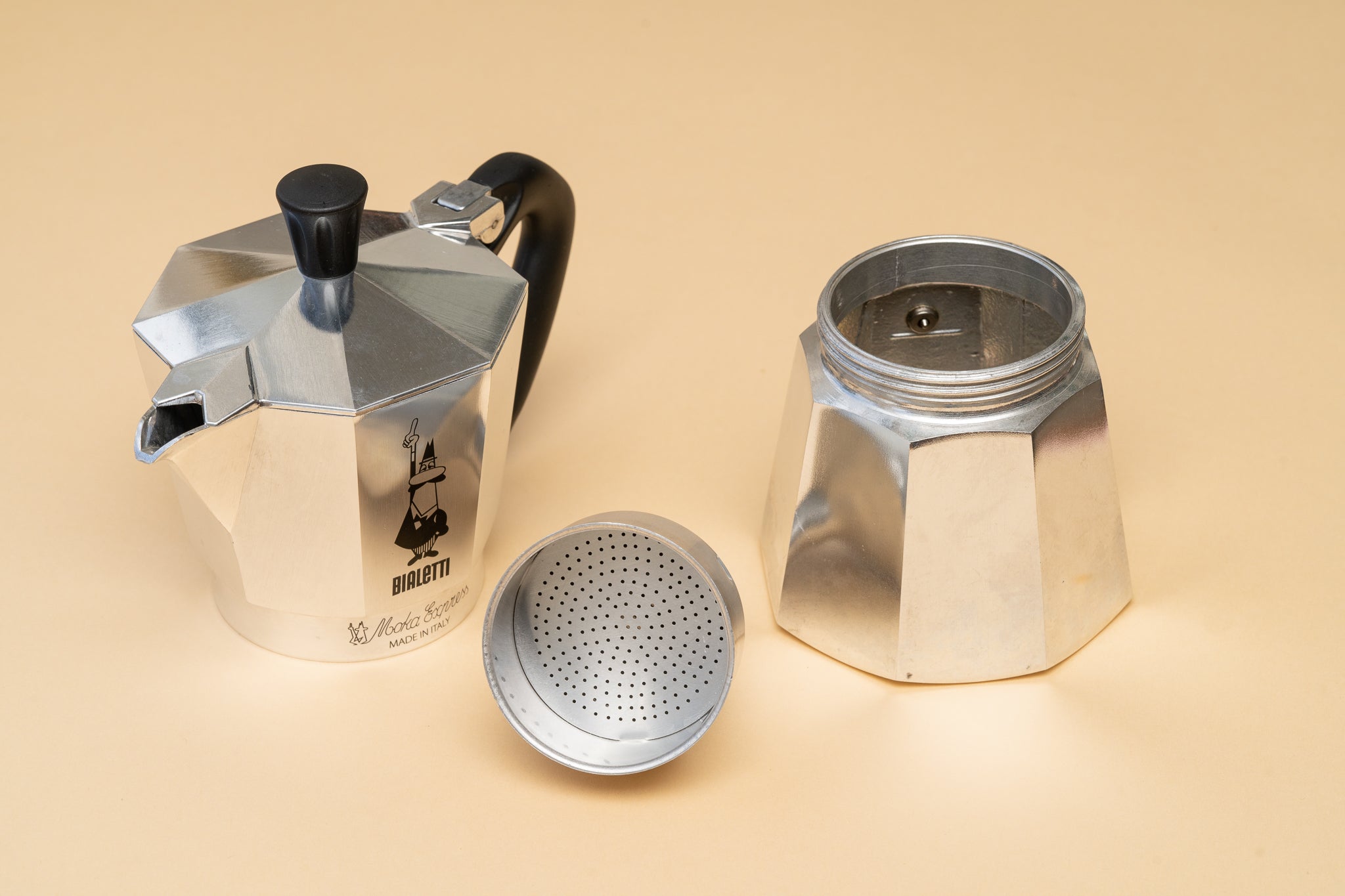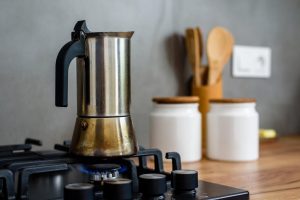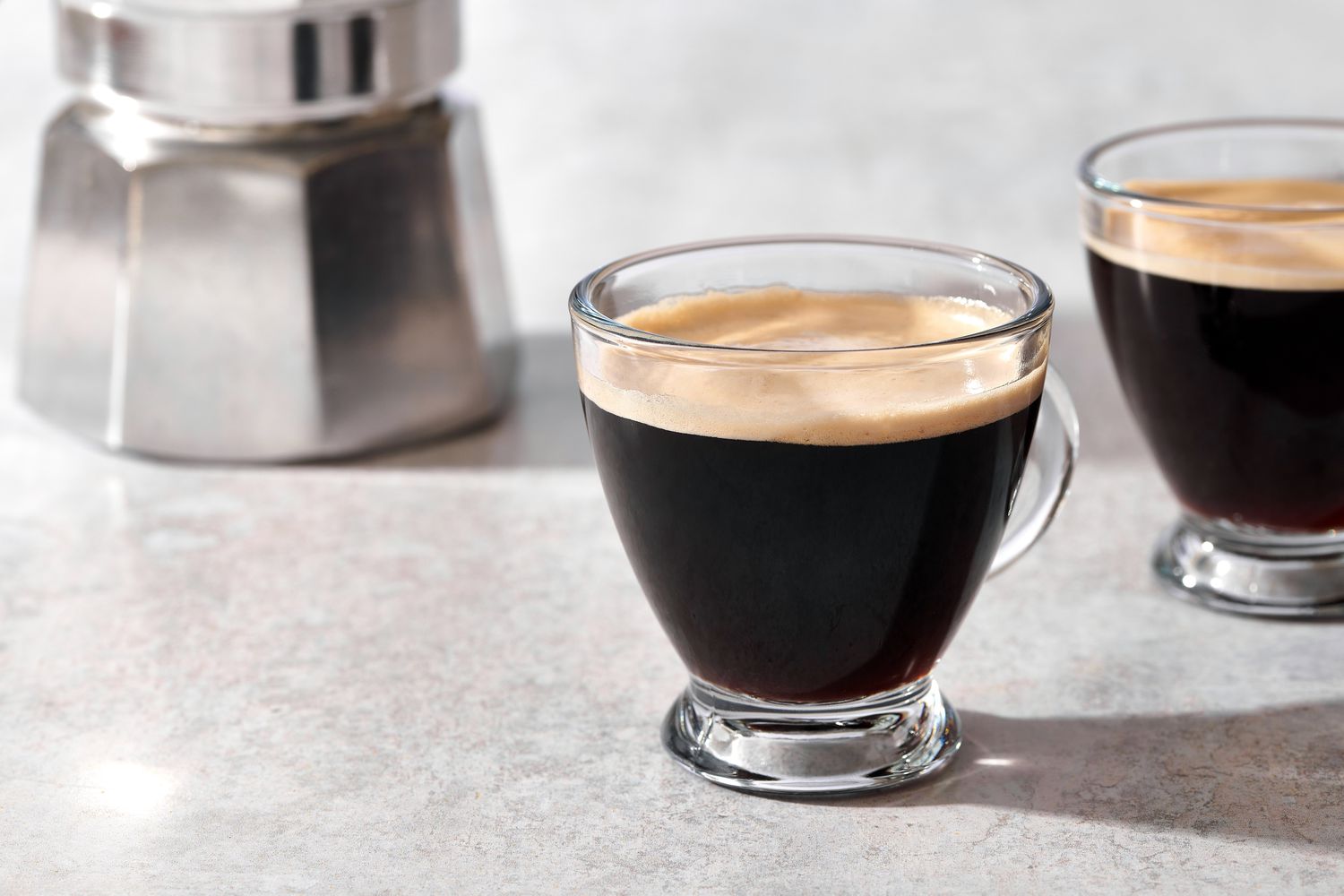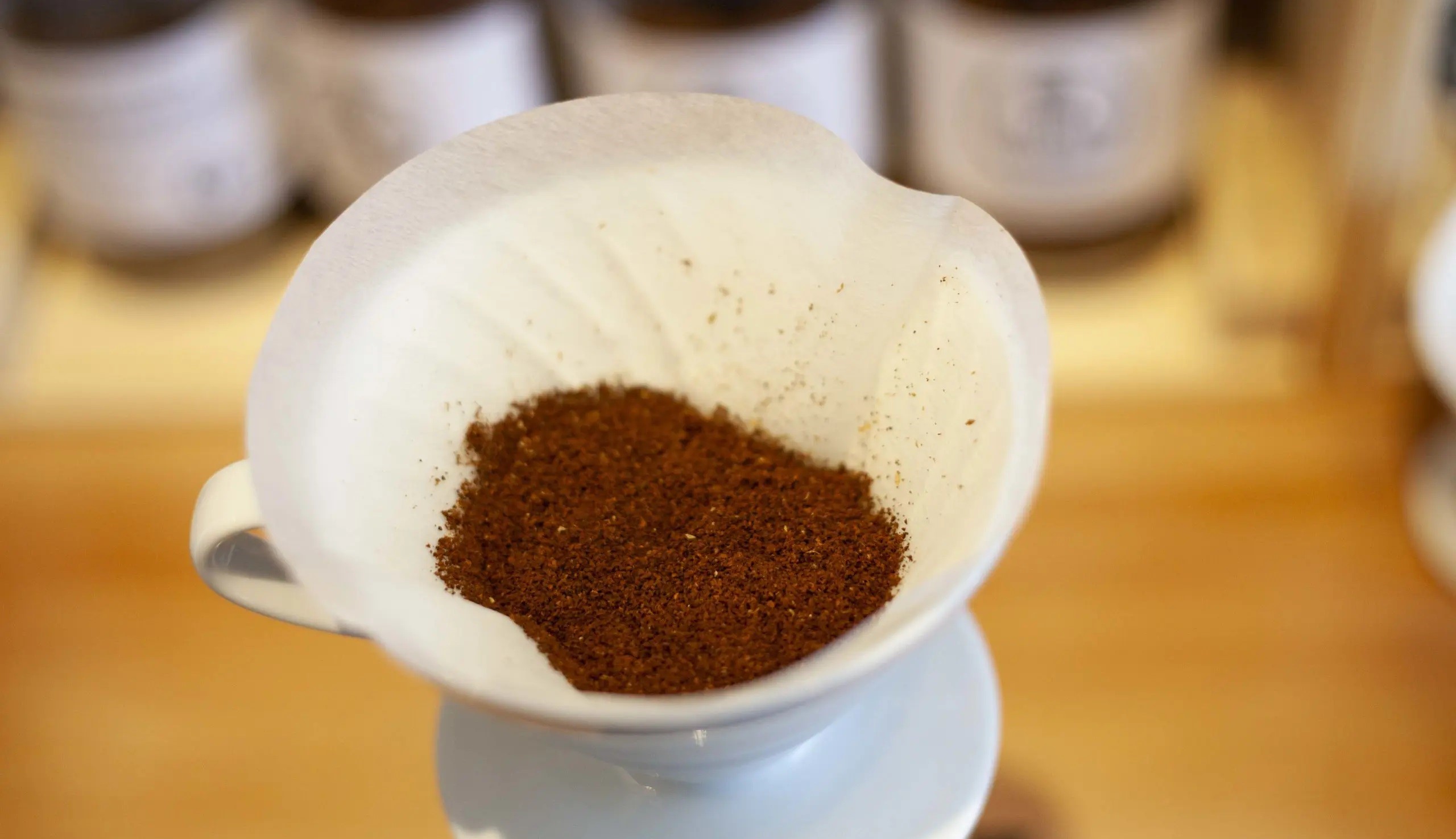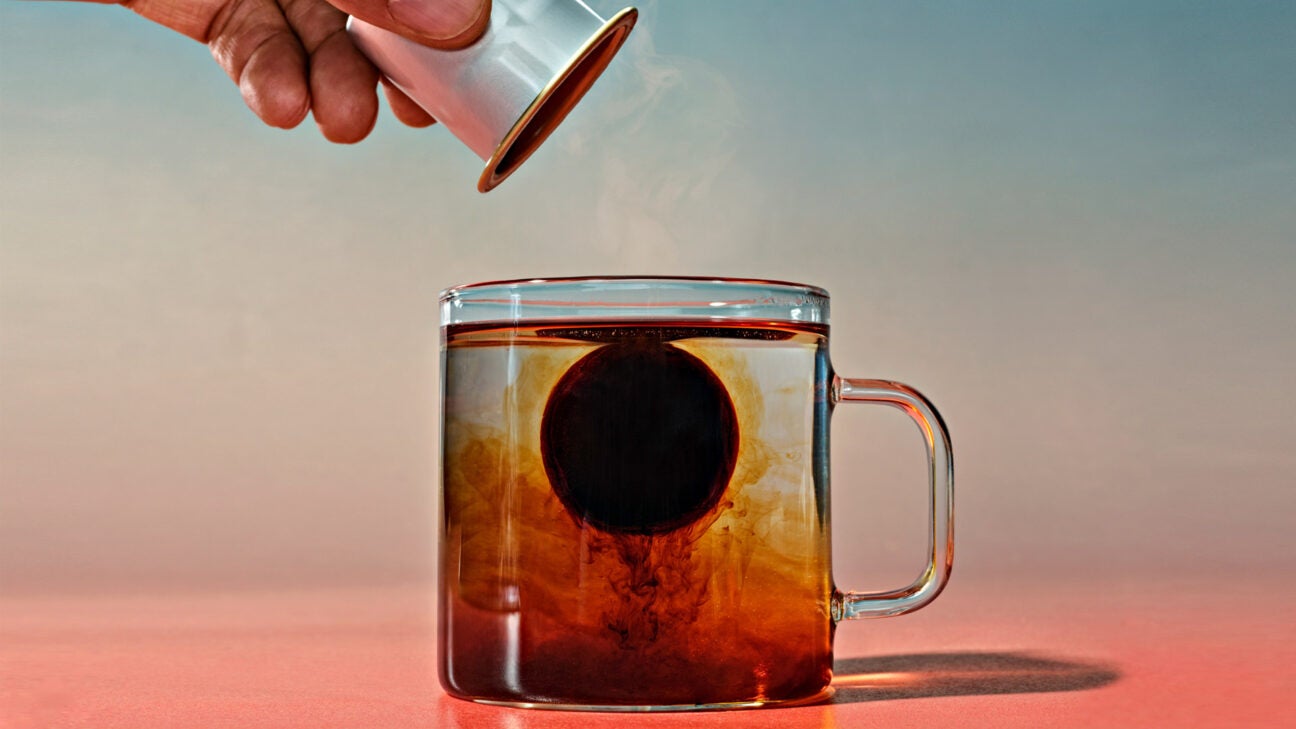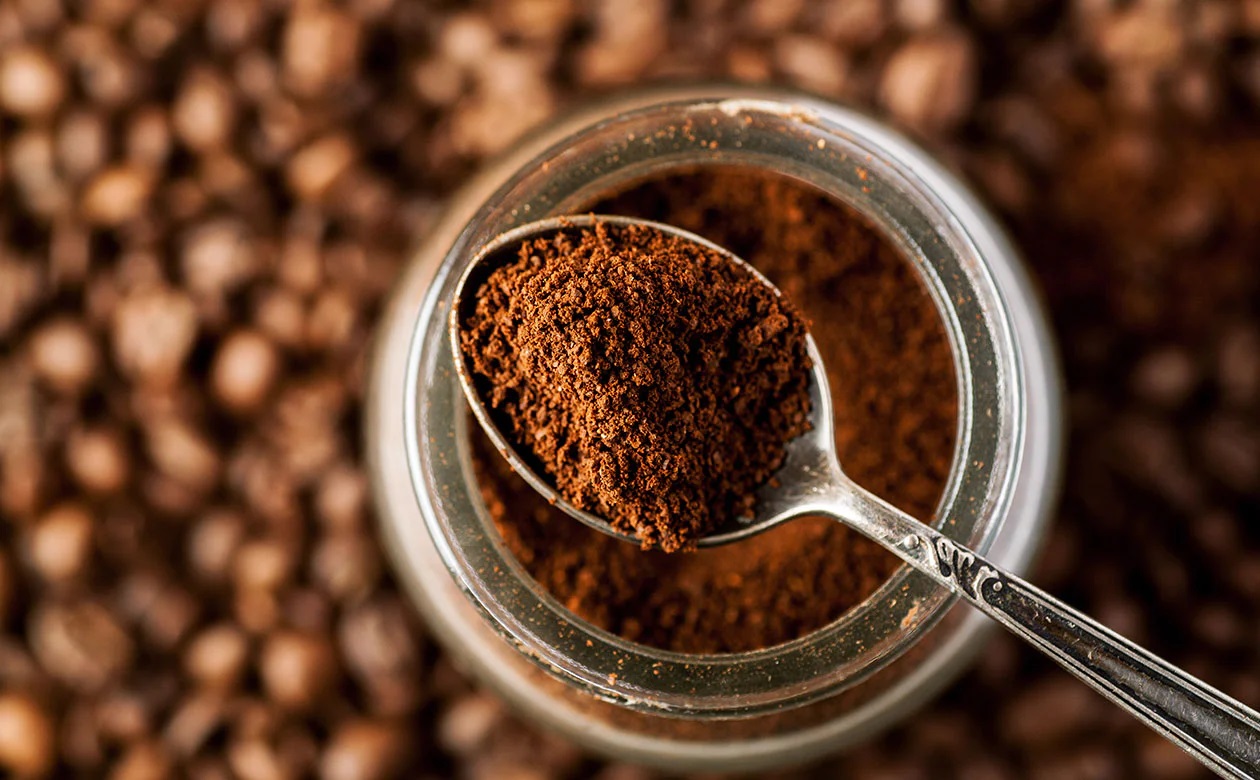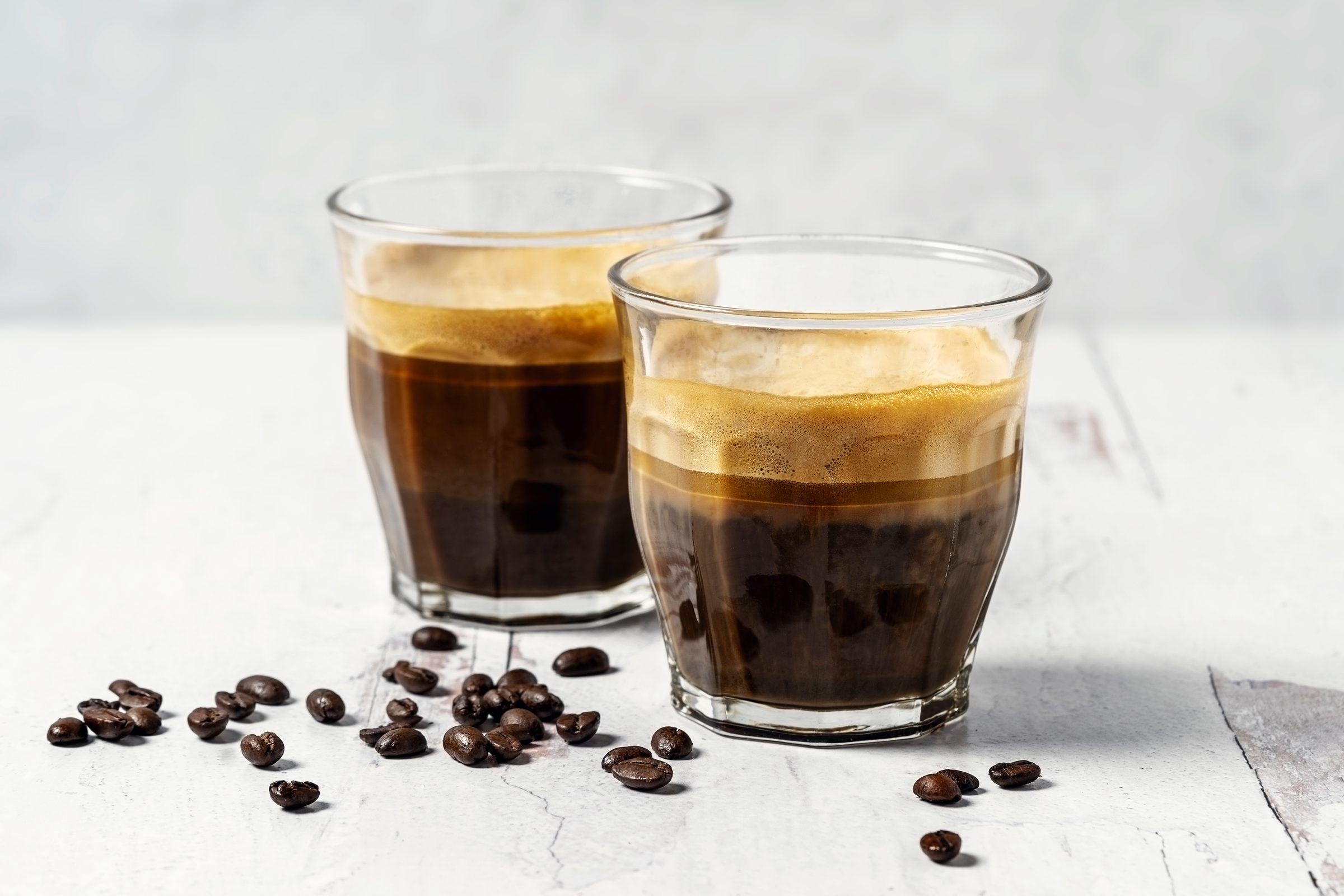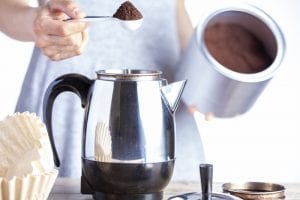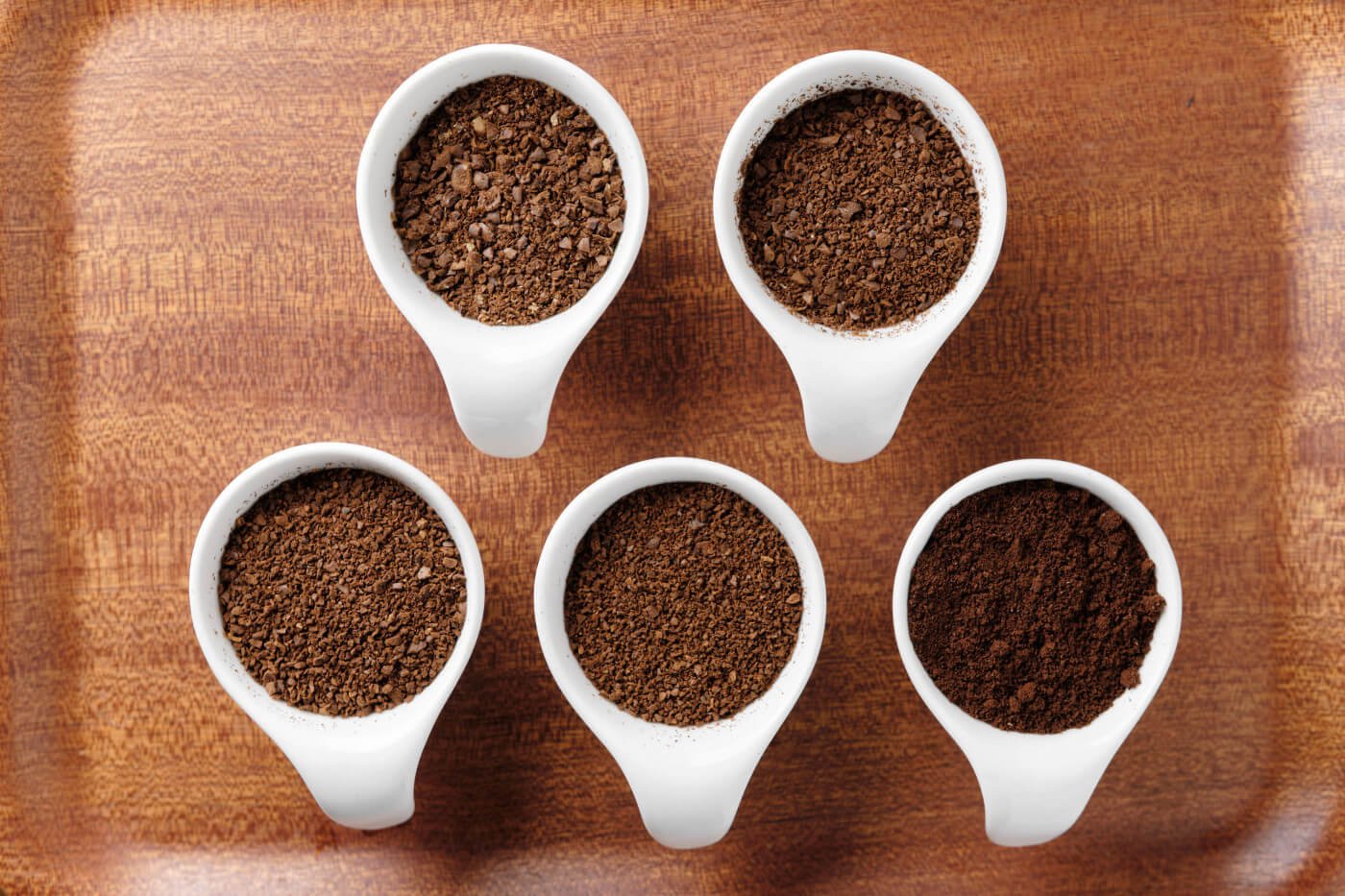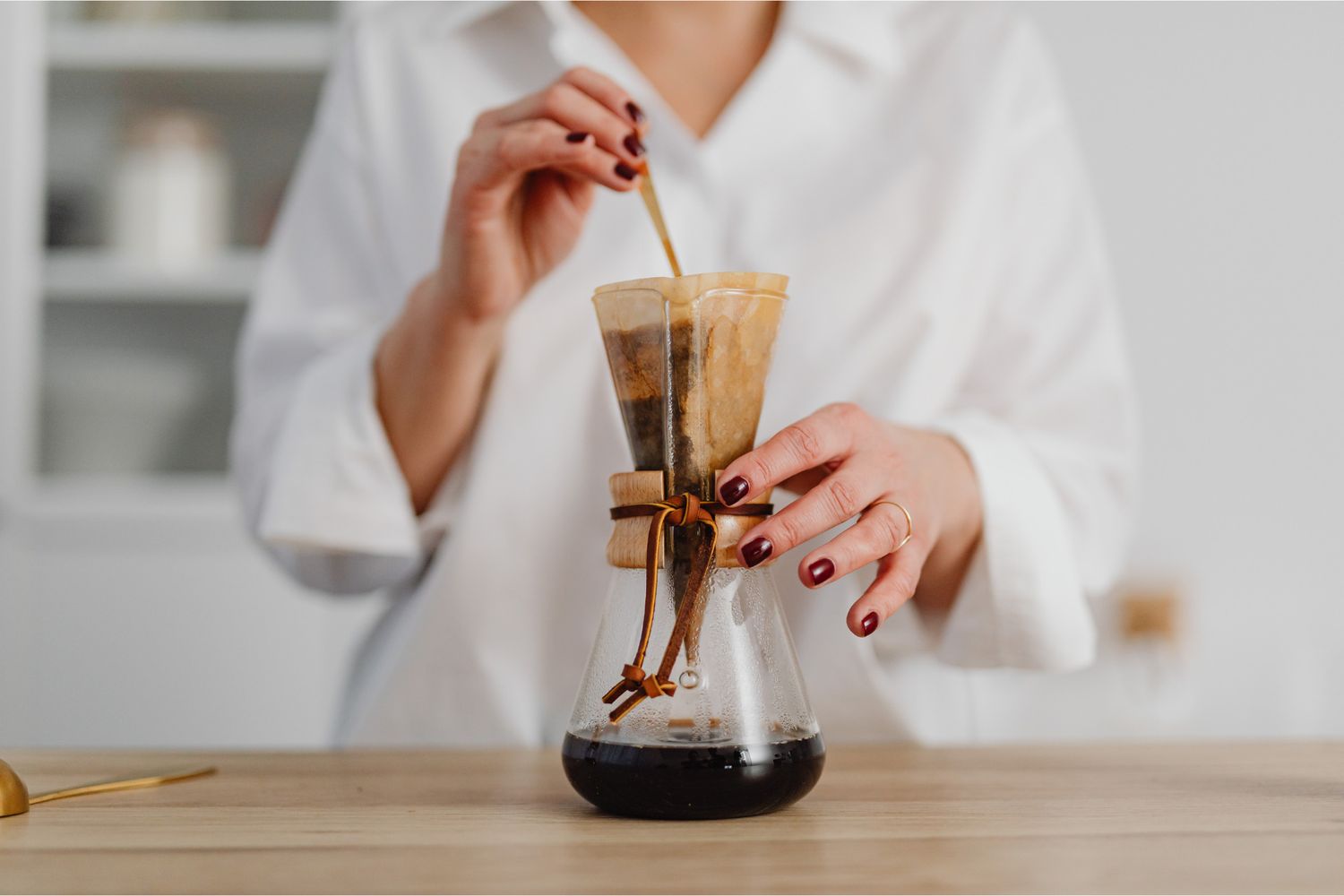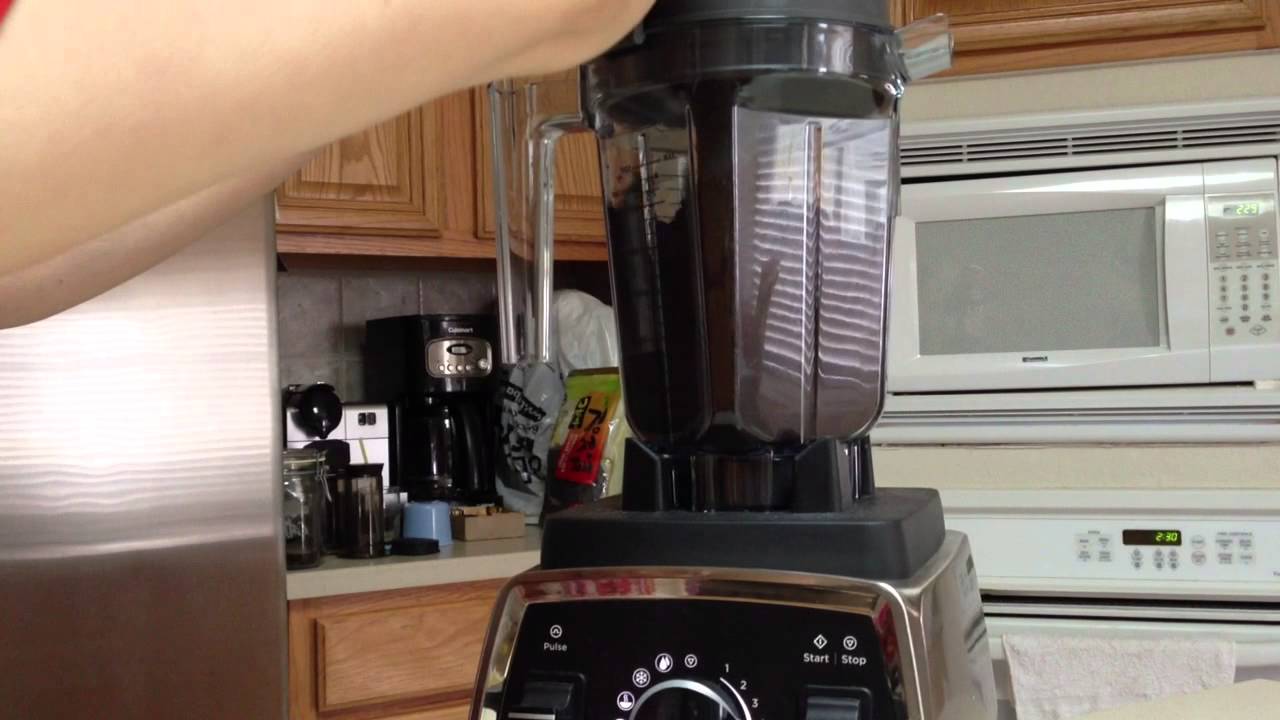When it comes to making a delicious cup of coffee with a Moka pot, the grind of the coffee beans plays a crucial role in achieving the perfect flavor and strength. Grinding coffee for a Moka pot requires a specific fineness to ensure that the extraction process yields the best results. In this guide, we'll delve into the details of how to grind coffee for a Moka pot to help you brew the perfect cup every time.
Understanding the Moka Pot
Before we dive into the grinding process, it's important to understand the Moka pot. This stovetop coffee maker produces a strong, flavorful coffee by passing boiling water pressurized by steam through ground coffee. The correct grind size is essential for the Moka pot to function effectively and produce a rich, aromatic brew.
Grind Size
The grind size for a Moka pot is crucial to the brewing process. The ideal grind for Moka pot coffee falls between fine and medium-fine. This level of fineness allows for optimal extraction and prevents the coffee from being under or over-extracted.
Grinding Techniques
When grinding coffee for a Moka pot, it's best to use a burr grinder. This type of grinder ensures a consistent grind size, which is essential for Moka pot brewing. Here's how to grind coffee for a Moka pot using a burr grinder:
- Measure the coffee beans based on the number of cups you want to brew. A general rule of thumb is to use approximately 1 tablespoon of coffee per 1 ounce of water.
- Set the burr grinder to a fine to medium-fine setting. Experiment with different grind sizes to find the one that suits your taste preferences.
- Grind the coffee beans, ensuring a uniform consistency in the grind size.
Visual Cues
To determine if you've achieved the right grind size for your Moka pot, pay attention to the visual cues. The ground coffee should resemble granulated sugar or fine sand. It should feel slightly gritty to the touch but not powdery.
Storage
Once you've ground your coffee to the ideal fineness, it's important to store it properly to maintain its freshness. Place the ground coffee in an airtight container and store it in a cool, dark place. Avoid exposing it to air, moisture, or sunlight, as these elements can compromise the flavor and aroma of the coffee.
Final Thoughts
Grinding coffee for a Moka pot is a simple yet crucial step in the coffee brewing process. By achieving the right grind size and using a burr grinder for consistency, you can elevate the flavor and aroma of your Moka pot coffee. Experiment with different grind sizes and take note of the results to find the perfect balance for your taste preferences. With the right grind and brewing technique, you'll be able to enjoy a rich, flavorful cup of Moka pot coffee whenever the craving strikes.
